Frederica Freyberg:
Now for a “Closer Look” at an unusual story unfolding in northern Wisconsin. That’s where thieves are illegally harvesting birch trees, thousands of them, and selling them to wholesalers and merchants for home decor. Washburn County has been the hardest hit. The sheriff’s department reports trees have been cut in as many as 20 locations on county land as well as on private property. Washburn County Forest Administrator Mike Peterson was able to join us earlier this week for more on this. When you first came upon a stand of chopped-off birch, almost a clear cut by some of the photos you sent, what did you make of it?
Mike Peterson:
We knew pretty much immediately what it was from. We had been hearing from surrounding counties about issues with birch theft on county lands and other public lands. We knew immediately when we found it that we were dealing with the theft of smaller diameter birch products.
Frederica Freyberg:
Had you ever seen anything like this in your county?
Mike Peterson:
We’ve similar things with other species. But this by far was probably the largest issue with widespread theft that I've seen here in 20 years.
Frederica Freyberg:
What was it like when you saw that? Some of those photos are kind of stunning, to just see this cut off like that.
Mike Peterson:
It was very bothersome to me, especially since white birch is a fairly short-lived species. You get to be about 75, 80 years old it starts to die out and decay. When we harvest white birch, we make a very concerted effort to get white birch started, regenerated, regrown before we harvest. We’ve got hundreds and hundreds of hours in and a lot of money invested into disturbing the soil underneath these stands so we can get white birch to regrow. And then to come back and look at some of these sites and see that they’ve stolen all the one-inch, two-inch, three-inch diameter material off of this, it’s bothersome because in a lot of ways they’re stealing the future off these young forests.
Frederica Freyberg:
When did this start happening?
Mike Peterson:
We’ve been seeing it — I think it really exploded through late last summer, early last fall and over this past winter it’s been — it’s exploded tremendously from what we’ve seen say in the prior year.
Frederica Freyberg:
Because I understand that this wood, these sticks, the logs are super valuable. Can you describe that? How valuable are they?
Mike Peterson:
Well, I don’t have exact numbers on the pricing, but, you know, you can go on to any of the websites, like any eBay type website, and you can see a lot of the stuff advertised for sale, $40 or $50 or more for a single stick or birch. Looks a lot of it is being used for that up north cabin decoration-type material. And it’s all kinds of products. It’s everything from a larger diameter stick like a fake fireplace log all the way up to the small branches and twigs that they’re using.
Frederica Freyberg:
Any idea why the sudden market for it?
Mike Peterson:
I think there’s always been a market for it. Some of the rumors that I’ve heard that a lot of this material was being provided out of China. And I don’t know if they were growing it there themselves or were importing it. But there’s rumors that there was some quarantine issues, they could no longer bring that material in and out of Asia, which seems to have forced that demand more domestic and locally here. We’ve seen a lot of wholesalers pop up that are buying this from collectors and reselling it to other larger markets.
Frederica Freyberg:
So these wholesalers pop up in the region. Are those legal operations?
Mike Peterson:
From my understanding they’re legal operations. I question whether they have an obligation to assure that their procurement is sourced through legal methods.
Frederica Freyberg:
And how would one make sure of that?
Mike Peterson:
Well, that’s something we’re looking into, to see if there’s some way that they can have to comply with some legal requirement to prove that their wood is sourced legally.
Frederica Freyberg:
And where else is this happening? I mean, it’s happening in other states as well; is that right?
Mike Peterson:
As far as I know, it’s happening across most of the northern tier of counties in Wisconsin. I know Douglas County, Bayfield County has had issues, Ashland, Iron. Just about most of the counties in the north. There seems to be a big market for purchase in northeastern Wisconsin and also in the upper peninsula of Michigan.
Frederica Freyberg:
So are people that are being caught doing this, are they local?
Mike Peterson:
The people doing this, the ones we’ve encountered are pretty much local, say neighboring counties. We have had a few people that have come down out of Sawyer County that have been caught harvesting material. It doesn’t appear to be people coming from a long range, out of the area. Our local sheriff’s department had explained it as the new scrap metal salvage. Years ago when scrap prices were high you saw a lot of theft of copper wire and aluminum off of highways. Law enforcement is looking at it as a new way to make a quick buck.
Frederica Freyberg:
Speaking of law enforcement, do those officials and foresters like yourself have enough manpower to stop this?
Mike Peterson:
We don’t directly. Our department, our foresters, none of us have law enforcement credentials. We have to rely on the wardens and the sheriff’s department to do that enforcement. At least here in Washburn County they’ve done a very good job. They’ve really stepped up and taken the enforcement very seriously and gotten really creative on how they do the law enforcement.
Frederica Freyberg:
You were talking about how the care that’s taken on the part of foresters to grow these kind of birch trees in these stands. How about the regeneration of them? Is that going to prove difficult now?
Mike Peterson:
I think the regeneration will prove difficult because, you know, we’ve utilized the seed source from the mature trees to regrow these stands. And if we have areas where they’ve completely taken all the young birch, we may not have the ability to manage that site for birch in the future because we are unsure whether we’ll have an appropriate seed source to get it to regrow.
Frederica Freyberg:
How mad does this make you?
Mike Peterson:
It makes me quite furious, actually. You know, and it’s really ironic because we have so many people out there collecting this material on county lands. We have no legal permit that allows anyone to come in and cut those kind of products. So it’s very frustrating. It’s very difficult to catch these folks. A lot of it’s done on the weekends. I think a lot of it is done at night. I think a lot of people collecting know that they’re not doing it legally and are taking great pains to not get caught.
Frederica Freyberg:
What should people see if they see someone cutting down birch that doesn’t look like a legal harvest?
Mike Peterson:
We've encouraged everyone here to contact the sheriff’s department, contact the wardens, you know, public relations even. Interviews like this have been very effective to get the message out. I think that’s the best law enforcement we’ve had. It was kind of comical. We had a site that we found last fall and I think I've had six different people turn that site in as a potential theft site. That’s a good problem to have.
Frederica Freyberg:
People care. Mike Peterson, thanks very much.
Mike Peterson:
All right. Thank you.
Search Episodes
News Stories from PBS Wisconsin

Donate to sign up. Activate and sign in to Passport. It's that easy to help PBS Wisconsin serve your community through media that educates, inspires, and entertains.
Make your membership gift today
Only for new users: Activate Passport using your code or email address
Already a member?
Look up my account
Need some help? Go to FAQ or visit PBS Passport Help
Need help accessing PBS Wisconsin anywhere?

Online Access | Platform & Device Access | Cable or Satellite Access | Over-The-Air Access
Visit Access Guide
Need help accessing PBS Wisconsin anywhere?

Visit Our
Live TV Access Guide
Online AccessPlatform & Device Access
Cable or Satellite Access
Over-The-Air Access
Visit Access Guide
 Passport
Passport







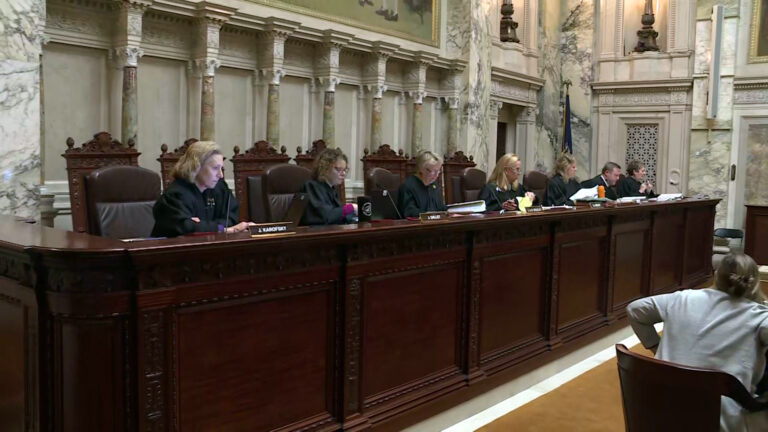
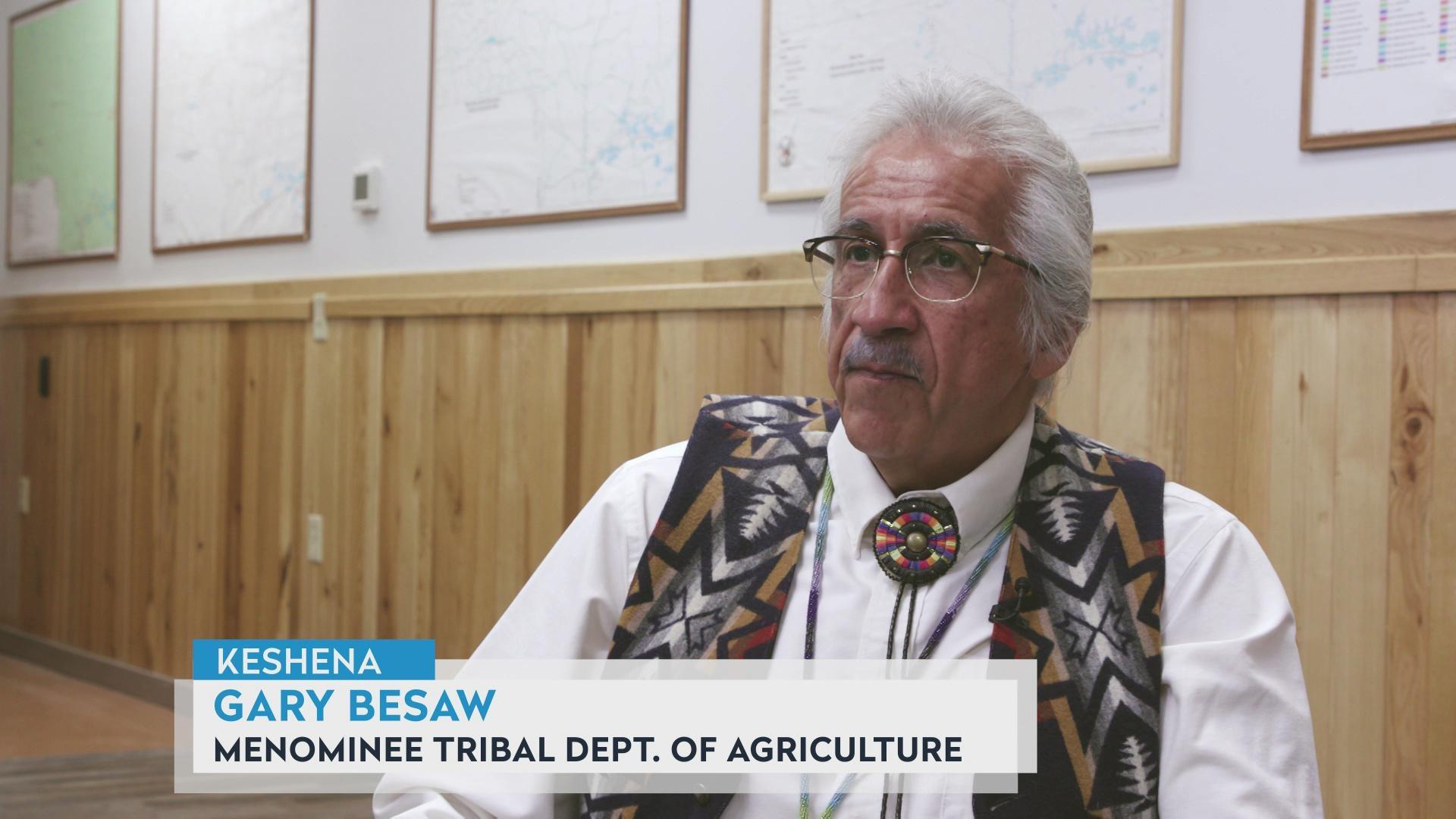

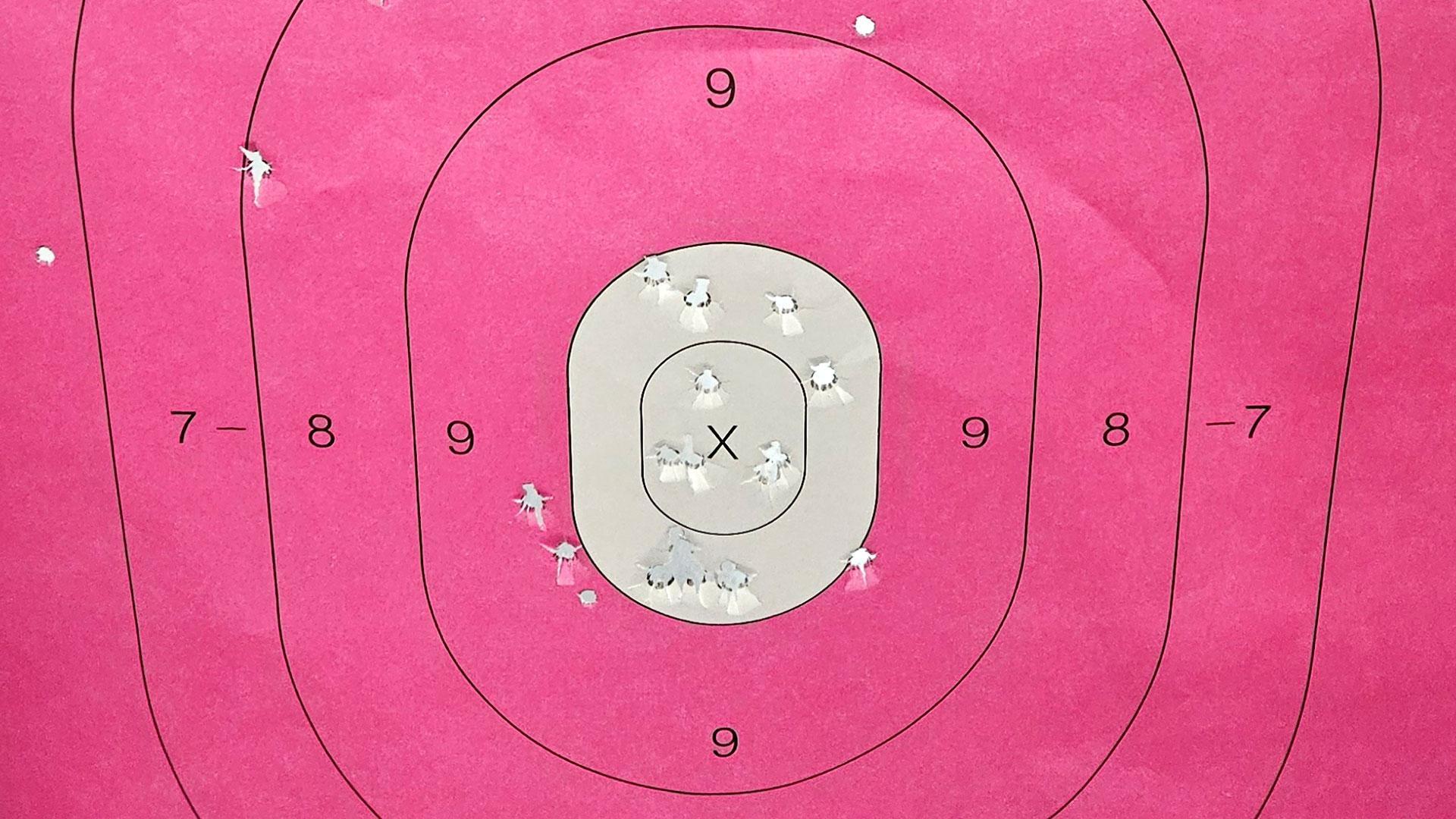




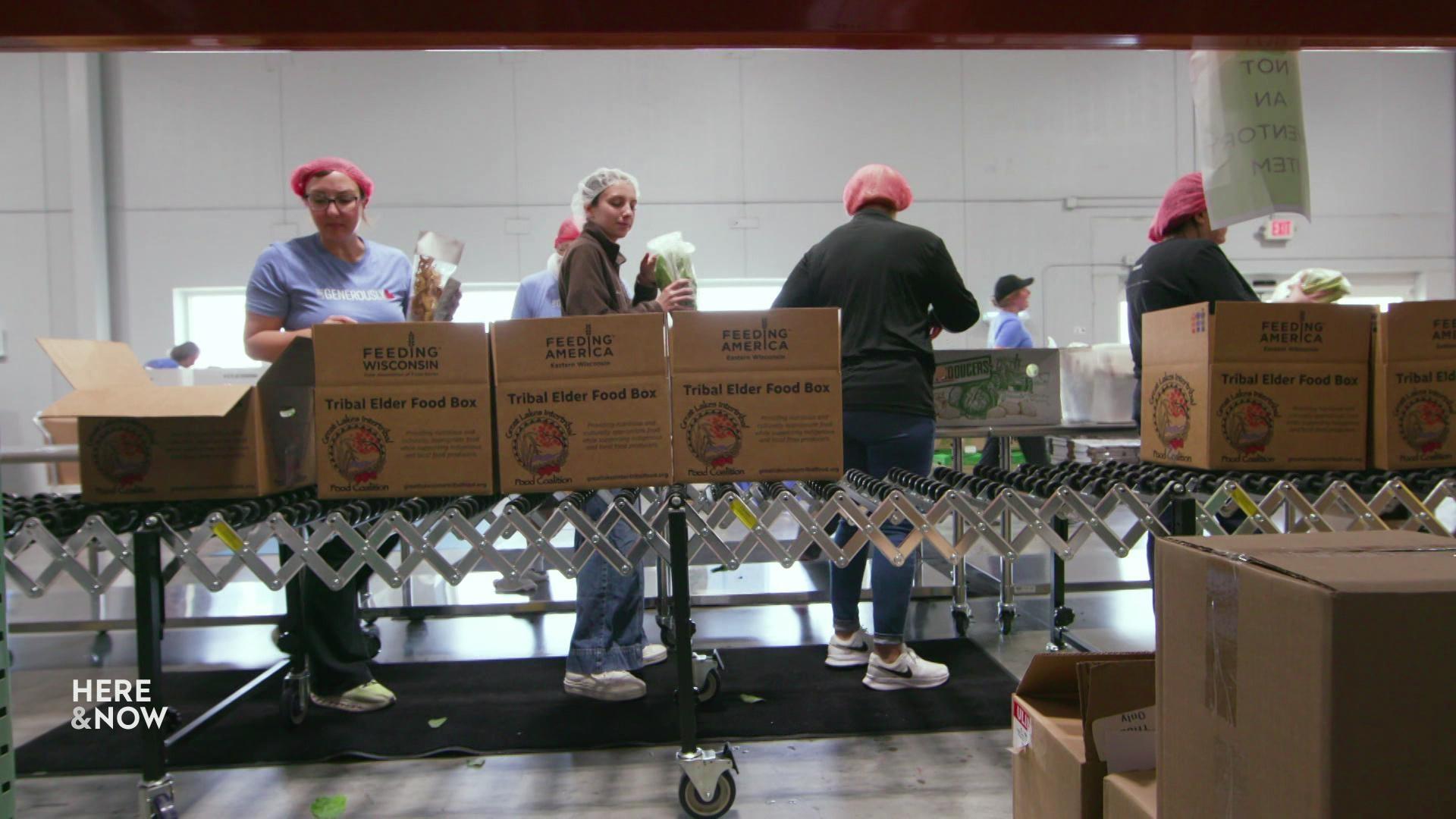
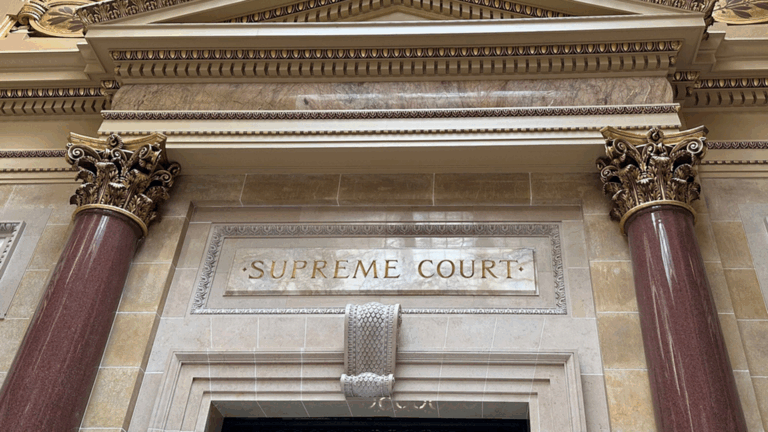

Follow Us